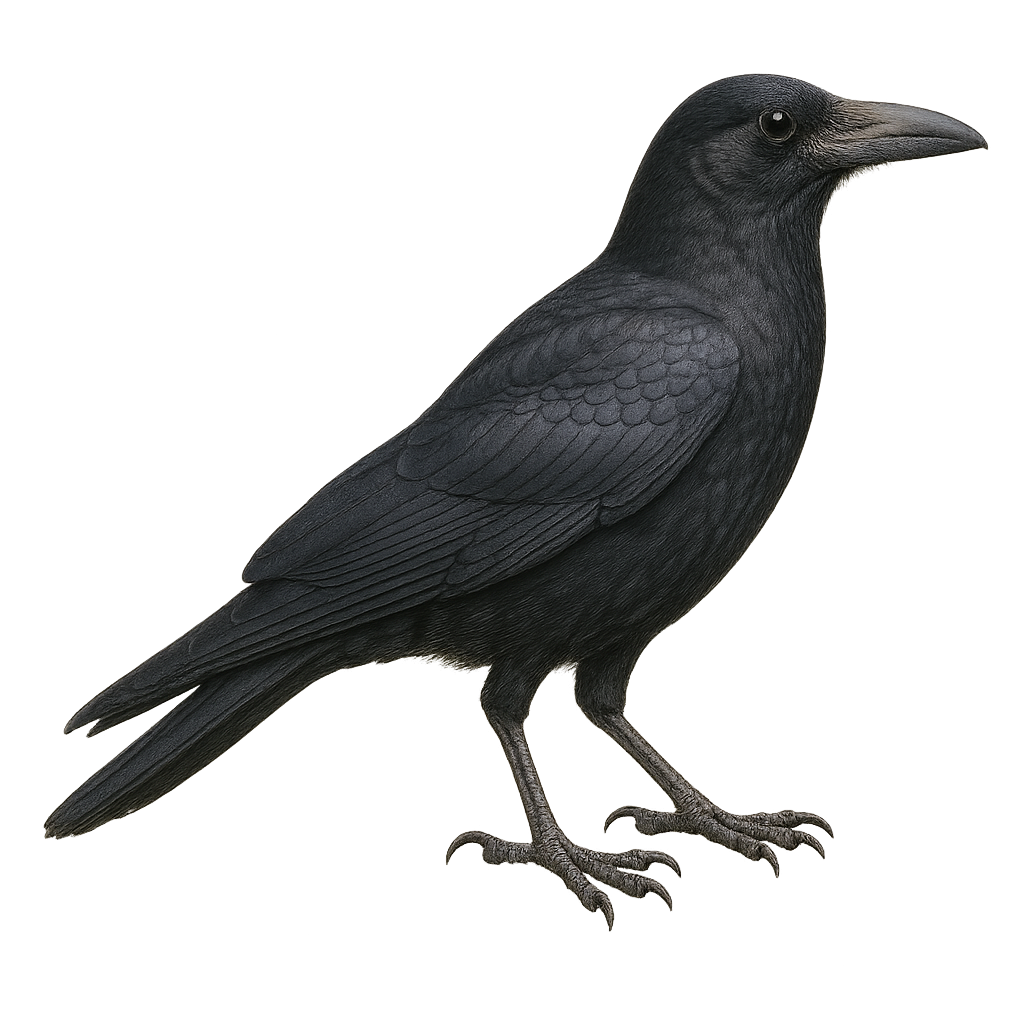Your wildlife photography guide.
Explore the cape crow in detail, study its behavior, prepare your shots.
Where to observe and photograph the cape crow in the wild
Learn where and when to spot the cape crow in the wild, how to identify the species based on distinctive features, and what natural environments it inhabits. The WildlifePhotographer app offers tailored photography tips that reflect the cape crow’s behavior, helping you capture better wildlife images. Explore the full species profile for key information including description, habitat, active periods, and approach techniques.
Cape Crow
Scientific name: Corvus capensis

IUCN Status: Least Concern
Family: CORVIDAE
Group: Birds
Sensitivity to human approach: Suspicious
Minimum approach distance: 10 m
Courtship display: August to September
Incubation: 19-21 jours
Hatchings: August to October
Habitat:
Savannas, grasslands, agricultural areas
Activity period :
Primarily active during the day, with peak activity in the morning and late afternoon.
Identification and description:
The Cape Crow, or Corvus capensis, is a medium-sized bird known for its glossy black plumage and sturdy beak. It is primarily found in southern Africa, where it inhabits savannas, grasslands, and agricultural areas. This crow is noted for its intelligence and adaptability to various environments. It feeds mainly on insects, small vertebrates, and seeds. The Cape Crow is often seen in groups, which helps protect it from predators. Its voice is distinctive, with harsh and varied calls. Although generally wary of humans, it can become accustomed to their presence in undisturbed areas.
Recommended lens:
400 mm – adjust based on distance, desired framing (portrait or habitat), and approach conditions.
Photography tips:
To photograph the Cape Crow, it is advisable to use a telephoto lens of at least 400mm to capture detailed images without disturbing the bird. Look for places where these crows gather, such as open fields or roadsides. Be patient and discreet, as although they are suspicious, they can get used to your presence if you remain still. Take advantage of the golden hours of morning or evening to benefit from soft, flattering light.
The WildlifePhotographer App is coming soon!
Be the first to explore the best nature spots, track rutting seasons, log your observations, and observe more wildlife.
Already 1 439 wildlife lovers subscribed worldwide

